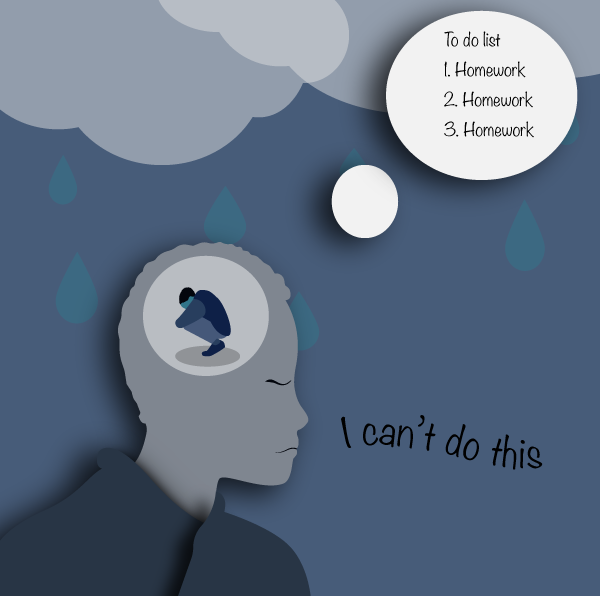Teens’ mental health in free fall signals a need to reimagine outdated systems where alarming statistics point to a need for change.
According to Gallup, an alarming 1-in-10 students now feel actively discouraged at school. Recent Pew surveys reveal over 70% of teenagers see anxiety and depression as major issues amongst peers – contributing to deteriorating academic outcomes including high absenteeism and lower test scores.
“I hate going to school. I just feel so sad and helpless,” said 17-year-old Rosa R. after a recent panic attack forced her to leave class. Like a growing population of stressed-out students, she feels the education system itself fuels her anxiety instead of helping her thrive.
Telltale signs of schools not meeting student needs emerge by middle school. National surveys reveal a drastic 34% “engagement cliff” in motivation from fifth to ninth grade as rigid structures alienate youth. The tragic results are borne out in 30-43% spikes in suicide rates when school is in session.
“My students seem increasingly disengaged, hopeless and overwhelmed,” observes veteran teacher Lori Hinytz. “We urgently need reforms to encourage mental health alongside learning if we want kids to thrive.”
DECAYING ENGAGEMENT SIGNALS SYSTEMIC FAILURES
Behind these troubling statistics lies an antiquated education model which remains nearly identical to the 19th century factories it was designed to serve. With one-size fits all approaches that rarely adapt to diverse strengths or changing economic landscapes, the system now actively harms many of its students.
Even before the pandemic dealt blows exposing deep inequities, stresses embedded in the education system were triggering a crisis for marginalized groups. Now novel solutions become imperative to creating nurturing environments where all students can learn and grow on healthy terms.
“If we don’t rethink things in a big way, more students will continue falling through cracks,” said Bretta P., who nearly dropped out after feeling invisible. “I became a nameless failure statistic – we urgently need major systemic changes.”
REIMAGINING LEARNING FOR THE 21ST CENTURY
“I want more hands-on, real-world learning tackling issues I’m passionate about,” says Austin B. “Not just memorizing facts to regurgitate on standardized tests.”
Constructing such inspiring educational experiences for students requires questioning entrenched assumptions. Rethinking classroom building blocks could better serve kids needing movement or learning through experience.
“My daughter’s needs have never been met by rigid schedules and lecturing,” said concerned parent Rebekah Capps. “She learns best through hands-on activities, group discussions, and tackling actual challenges.”
Prioritizing relationship-building and wellbeing also proves foundational. Curricula promoting empathy, growth mindsets, and social-emotional skills builds motivation and resilience. Advisory programs guiding personalized goal-setting reduces feelings of anonymity reported by many teens.
Approaches successfully pioneering student-centered education emphasize real-world problem solving and student voice in shaping journeys. They cultivate creativity and leverage diverse thinking styles. Internships, apprenticeships, and community impact opportunities prompt passion and purpose.
Policymakers must couple these promising practices with addressing systemic barriers and inequities. Confronting institutional bias through updated disciplinary policies, staff training and diverse representation fosters inclusion. Elected leaders also need courage to rethink rigid accountability systems that constrain teachers.
“Educators need flexibility to connect with kids and create lessons relating to their lives,” argues teacher Lori Hinytz.
With collaboration, investment and political backbone, we can positively transform the 50 million lives spending over 15,000 hours in class during formative years. All students deserve to feel safe, valued, challenged and emboldened in schools built for who they are today and who they want to become tomorrow.

